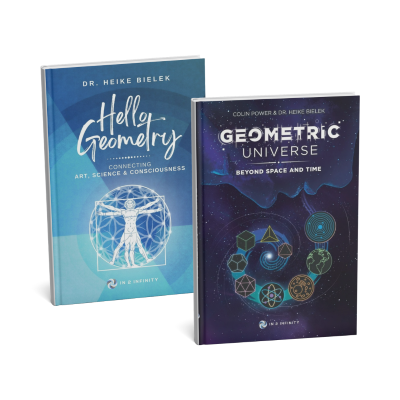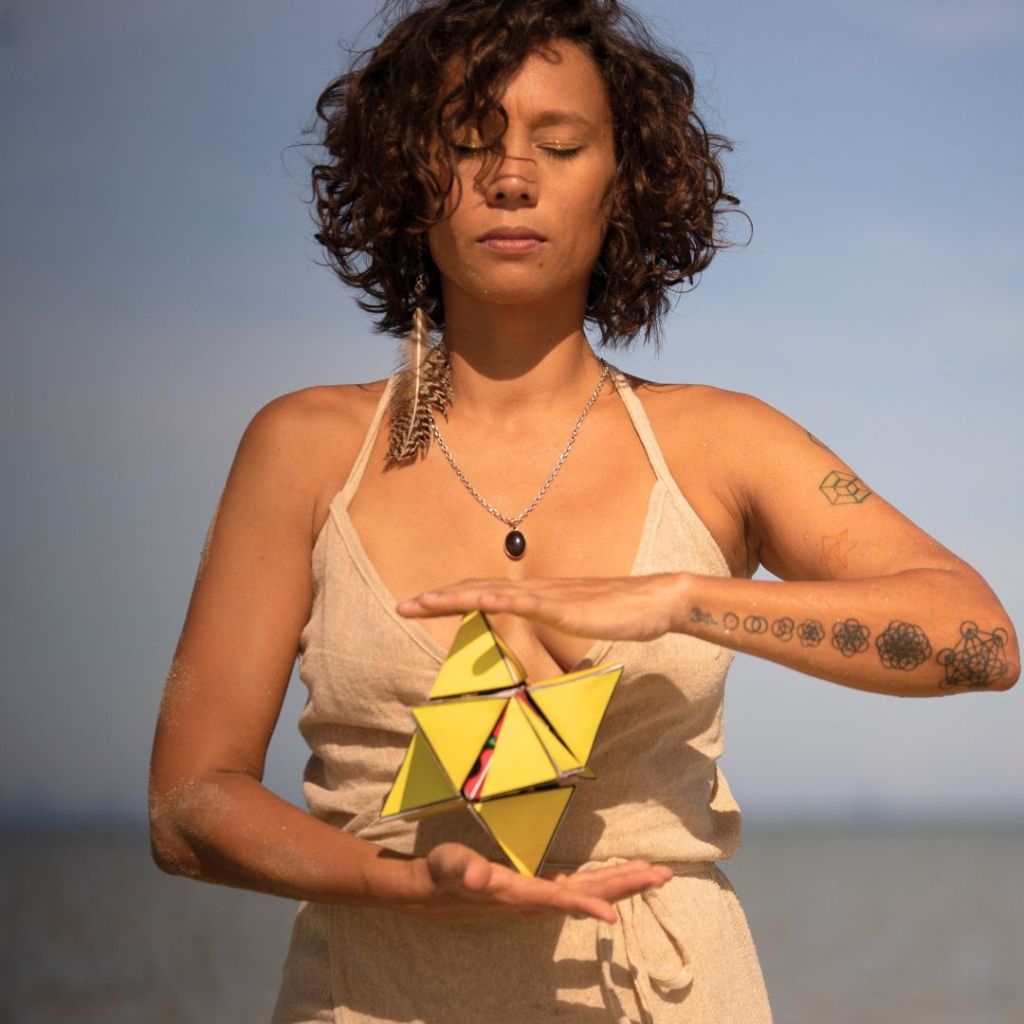Introduction
Sacred Geometry is defined as drawing without measurement. It involves the tools of drawing compass and ruler, but unlike traditional geometry, all shapes and dimensions are interrelated and arise from a pattern of overlapping circles. The ‘sacredness’ of geometry comes from the intuitive side, containing meaning – the basis of sacred geometry. Here are a few key-points:
- It is related to spiritual symbolism and architecture.
- It explains that all of nature’s patterns can be related back to shape.
- It suggests that the Universe is designed by a blueprint that expresses itself on all scales, from the atom to the galaxy.
Content:
- Tools
- Rules
- Meaning
- Benefits
- History
- Architecture
- Sacred Geometry in the Church, Mosque or Temple
- Art & Design
- Alchemy Symbols
- Sacred Geometry Logo
- Sacred Geometry Tattoo
- Islam
- Christianity
- Judaism
- Buddhismus
- Hinduism
- Taoism
- The Beginning
- The Dot
- The Line
- The Circle
- Vesica Piscis
- Trinity
- Trion Re
- Seed of Life
- Egg of Life
- Flower of Life
- Fruit of Life
- Metatron’s Cube
- Sphere
- Platonic Solids
- Archimedean Solids
- Torus
- Hypercube
- Double Torus
- 5D Merkaba
- Mandala
- Design
- Mandala Flower
- Meaning
- Mandala to colour
- Mandala Tapestry
- Patterns in Nature
- Fibonacci Spiral
- Golden Ration
- Silver Mean
- Fractals
- Cymatics
- Geometry of Light
- Atomic Geometry
- Molecular Geometry
- Solar Geometry
- Drawing compass
- Ruler
- Pencils
- Paper (A4 is fine, A3 is better)
- Colours
- All shapes and patterns are created without measuring.
- We always start with a circle. The first compass opening is defined as a radius of one.
- All other ratios derive from this first value and are always constant.
- The second step is always another circle that can be created anywhere from the circumference of the first.
- Without changing the radius, this will form two equally overlapping circles (Vesica Piscis).
- From here, the pattern follows a simple blueprint, where new circles or lines can only be created from the intersection points (nodes). There is no randomness.
- We can only connect nodes to form shapes, when that node is surrounded by a circle. This is because the dot and the circle are inverse to each other. Whenever there is a dot, there has to be a circle surrounding in, just like the nucleus is surrounded by the electron cloud in the atom.


